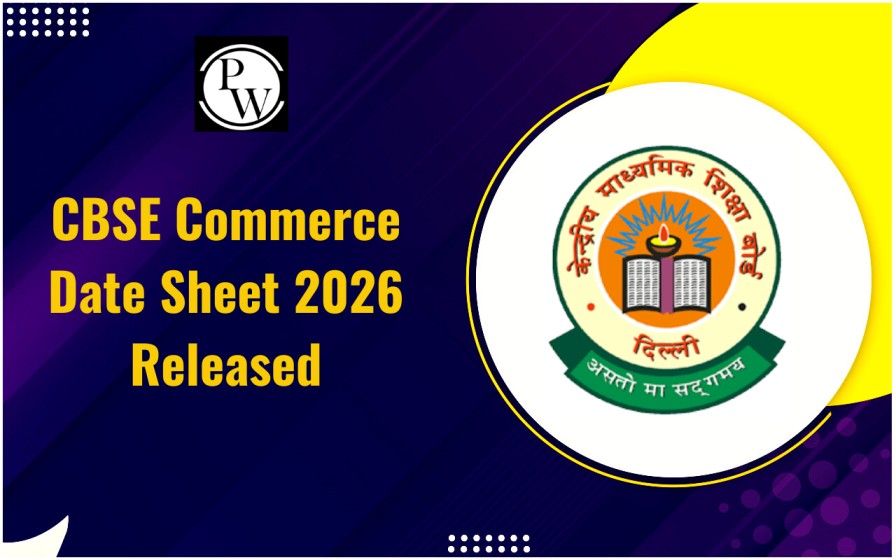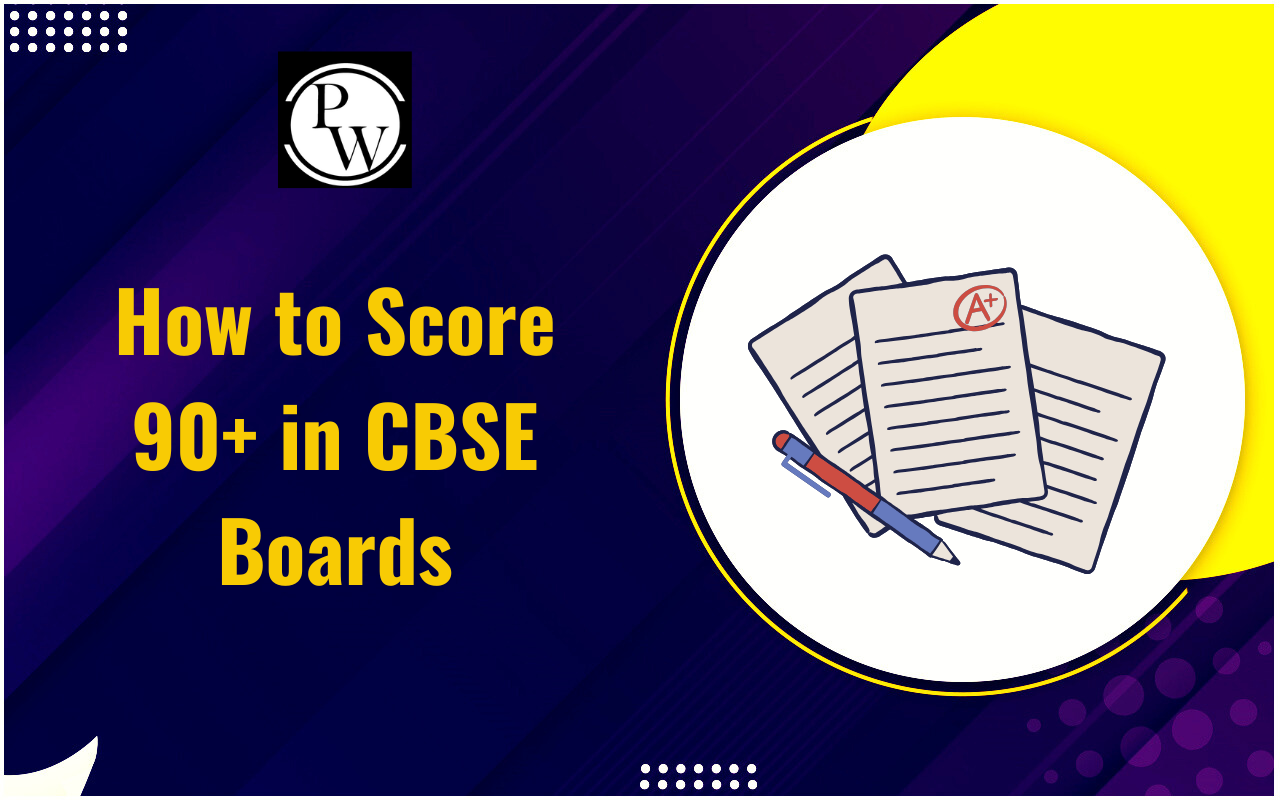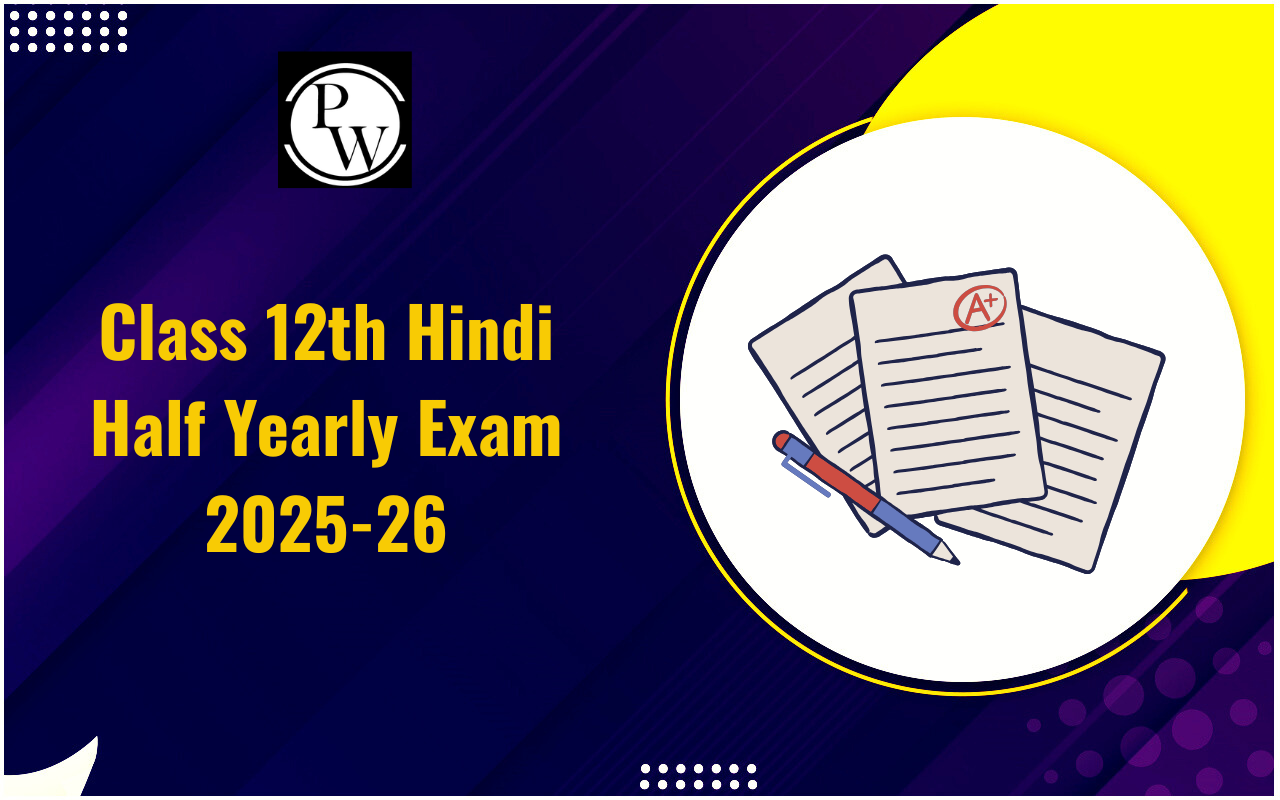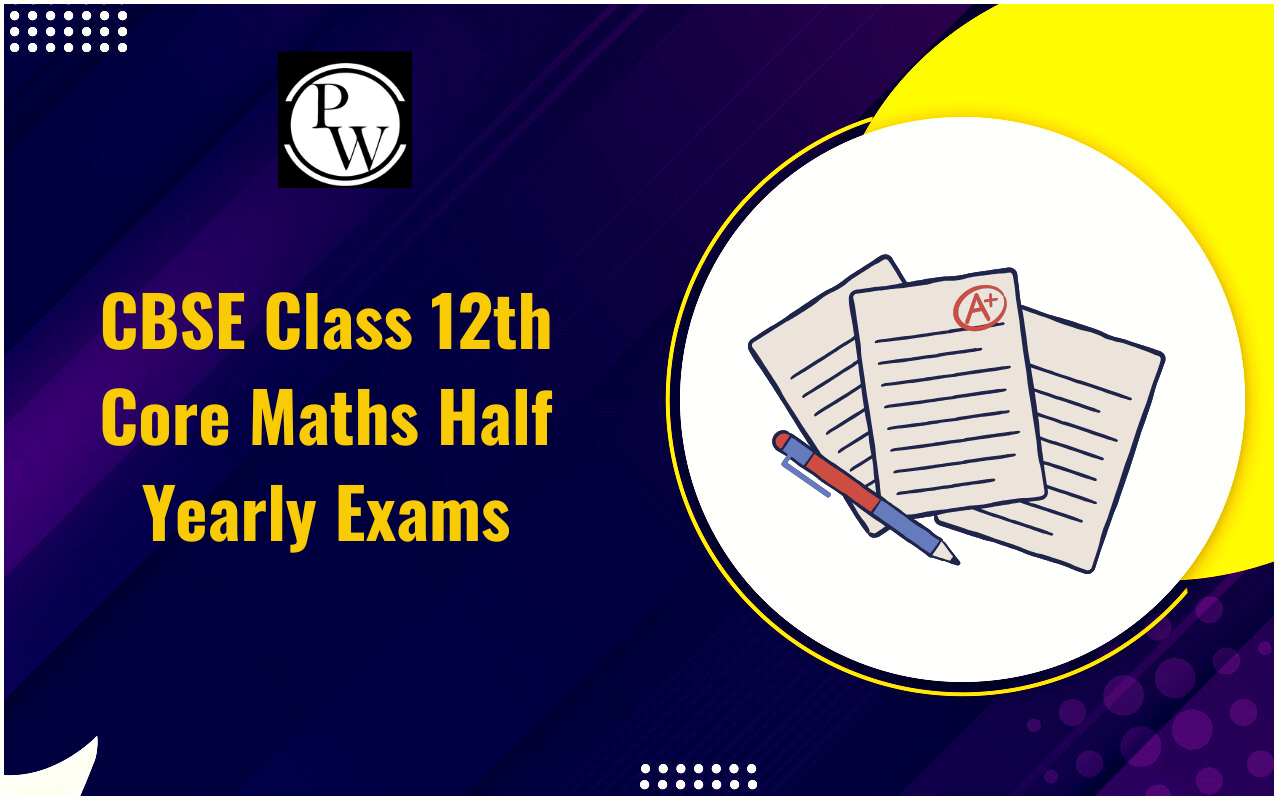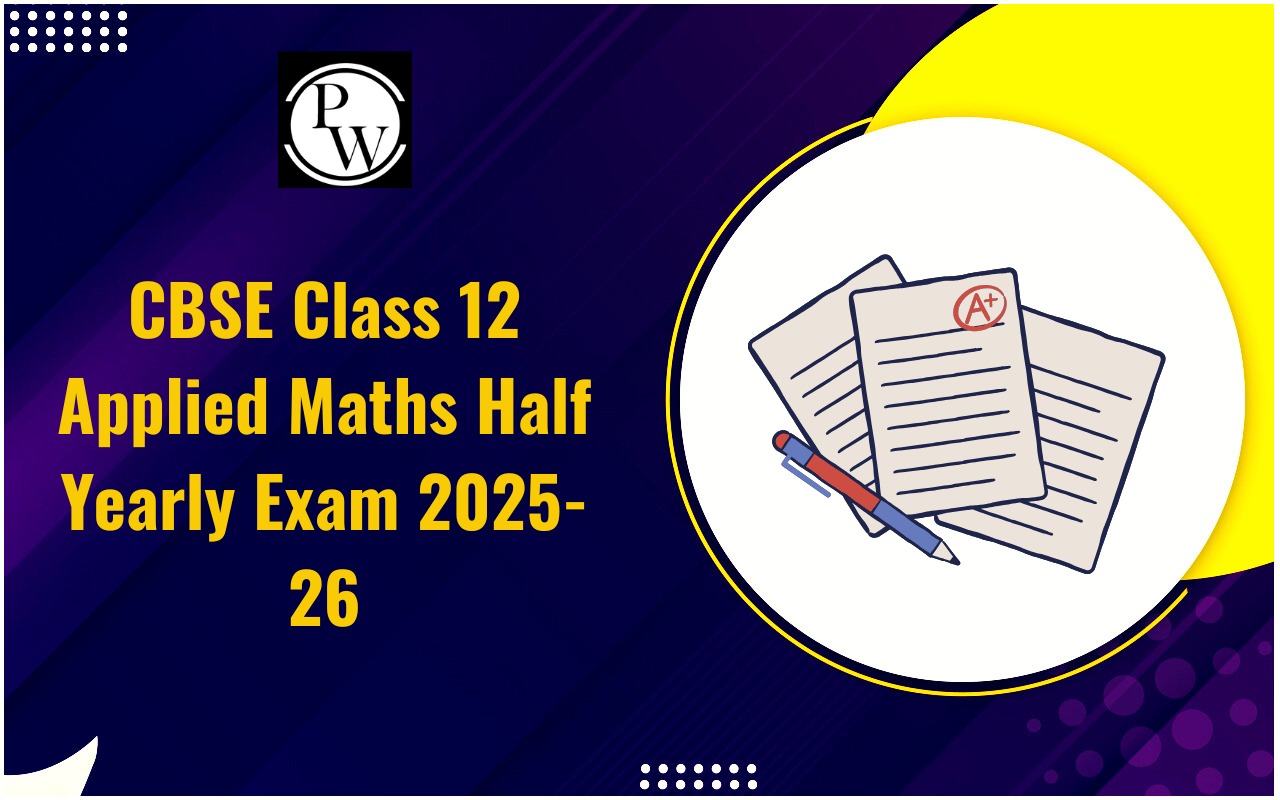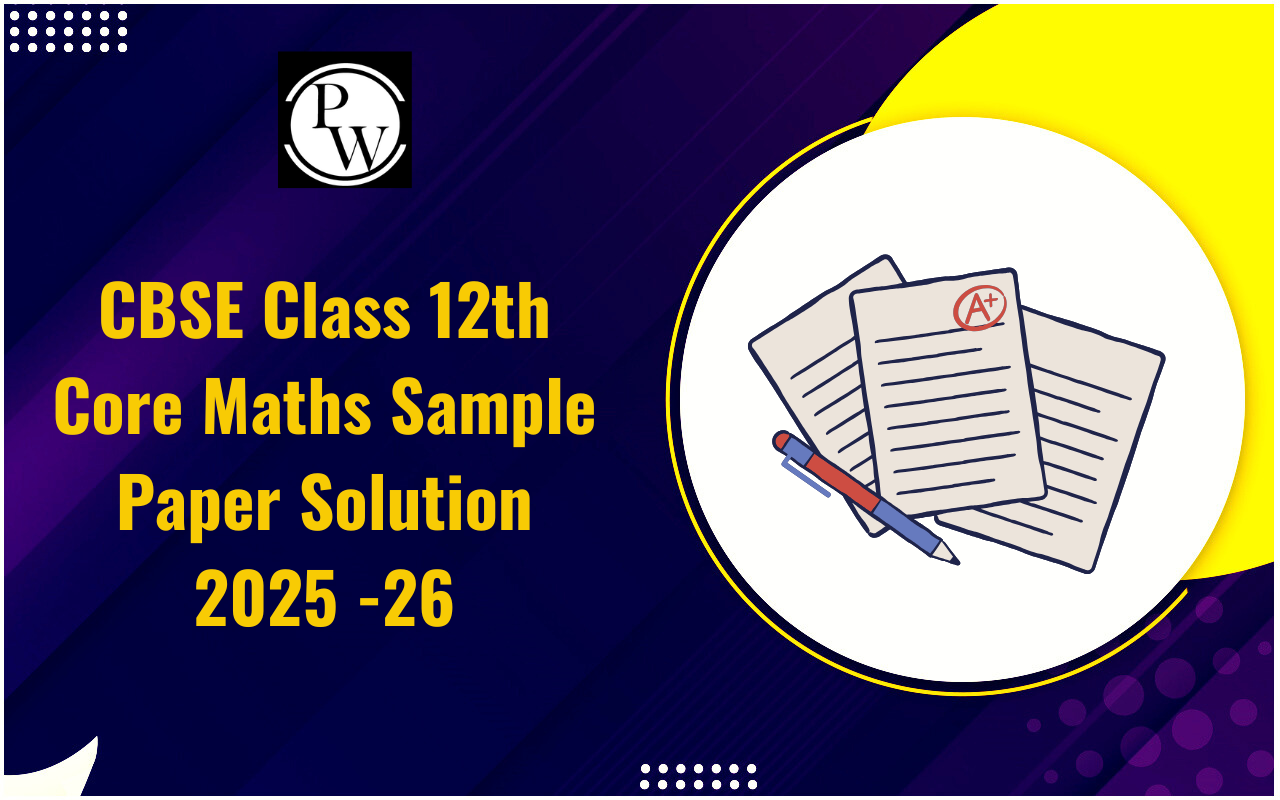
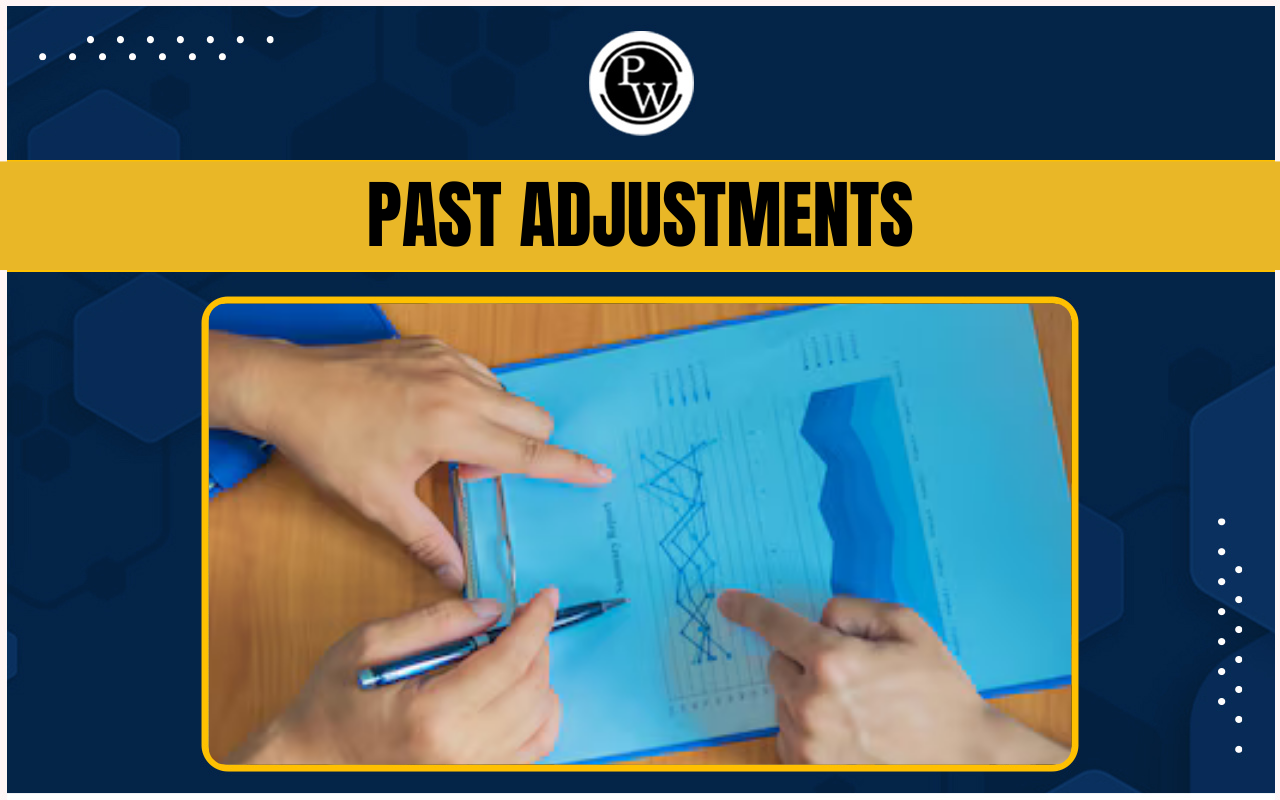
Accounting errors are a common occurrence in financial record-keeping, and in many cases, these mistakes require corrections. Instead of making changes to outdated accounts directly, new journal entries are created to correct the impact of such errors. This practice is known as past adjustments. These modifications help ensure that the financial records remain accurate and aligned with the partnership agreement or any other agreed-upon terms.
In this guide, we’ll explore the significance of past adjustments, the types of adjustments, methods of rectification, and how to calculate and apply the necessary entries with practical examples.What is Past Adjustments?
Past adjustments refer to changes or modifications made to historical financial records to correct errors, provide accurate information, or reflect updated details. These adjustments are necessary when discrepancies are found in the financial accounts after the transactions have been recorded. In simpler terms, past adjustments help fix mistakes or update outdated information in financial records, ensuring accuracy in profit distribution, tax calculations, and other financial processes. Past adjustments are essential in various contexts, including interest on capital, partner remuneration, and corrections for unrecorded expenses or earnings. They allow businesses to reflect the true financial position, especially when correcting overlooked items from the past.Why Are Past Adjustments Important?
Ensure Accuracy : Without past adjustments, errors could distort the financial position of the company, affecting decision-making.
Compliance : For companies and partnerships, past adjustments help ensure compliance with accounting standards and partnership agreements.
Transparency : They allow for clearer financial reporting and ensure that all partners or stakeholders have access to accurate information.
Types of Past Adjustments
Companies and corporations pass past adjustments entries for a variety of reasons, including resolving any inconsistencies discovered when distributing earnings, preparing the balance sheet, amending all journal entries, and so on. Among these concerns, the most prevalent mistakes that contribute to such arguments may be divided into three categories: Companies and corporations often pass past adjustment entries for various reasons, such as resolving inconsistencies discovered during profit distribution, preparing balance sheets, or amending journal entries. These errors generally fall into two categories:Single Error Adjustment
When a simple error is discovered, an adjustment table is created, listing the corrected amount alongside the original journal entry used to rectify the issue. This process ensures that the mistake is corrected without affecting the overall balance sheet.Multiple Errors Adjustment
When multiple discrepancies are found, a Profit and Loss Adjustment Account is created. This account includes all adjustments necessary to correct the errors. Multiple entries might be passed to ensure all adjustments are reflected properly, including interest on capital or remuneration discrepancies.Interest on Capital Adjustments
A common scenario where past adjustments are necessary is when interest on capital is not properly recorded for partners in a partnership agreement. This could lead to unequal profit sharing, requiring an adjustment entry to allocate the correct interest amount to each partner's capital account
Methods of Rectification
Let's consider partners X and Y, both with equal investments. As of April 01, 2020, X invested Rs. 55000, and Y invested Rs. 90000. Upon preparing the final accounts for the fiscal year ending March 31, 2021, it was discovered that the interest at a rate of 6% per annum, as specified in the partnership agreement, hadn't been credited to the partners’ capital accounts before profit distribution. The omitted interest on capital was Rs. 2500 for X and Rs. 4800 for Y. The entire profit had already been shared among the partners, but the interest on capital had not been accounted for. This issue can be rectified in two ways:Through Profit and Loss Adjustment Account:
To address the errors and omissions in the final accounts during profit distribution, a Profit and Loss Adjustment Account is created. The necessary entries are as follows:| (1) Profit and Loss Adjustment A/c | Dr. 8500 |
| To X’s capital A/c | 2500 |
| To Y’s capital A/c | 4800 |
| (Interest on capital) | |
| (2) X’s capital A/c | Dr. 4100 |
| Y’s capital A/c | Dr. 4100 |
| To Profit and Loss Adjustment A/c | 8200 |
| (Loss on adjustment) |
| Details | X | Y |
| Amount that should have been credited as interest on capital | 2900 (Cr.) | 5100 (Cr.) |
| Amount actually credited by way of share of profit | 3700 (Dr.) | 3700 (Dr.) |
| Difference between 1 and 2 | Dr. 800 | Cr. 1400 |
| (Net effect) | (Excess) | (Short) |
Steps for Calculating the Past Adjustment Entry Amount
The procedure is as follows: Step 1: The first step is to calculate the amount that should have been credited as interest on capital, salary, commission, profit sharing, and so on. Step 2: In the second stage, the amount previously credited in the form of interest on capital, salary, commission, profit sharing, and so on is computed. Step 3: The next step is to compute the difference between the quantities determined in the previous two phases. Step 4: After calculating the difference, the corporation must determine which partner earned too much and which received too little. Step 5: The last step in calculating the amount of adjustment entry is to pass the adjusting journal entry by debiting the capital account of the partner who got the excess amount and crediting the capital account of the partner who received the short amount.Past Adjustments Example
In a partnership between two individuals, Ravi and Priya, discrepancies were discovered in the capital accounts for the financial year ending March 31, 2020. It was revealed that an interest amount of Rs. 8000, as agreed upon in the partnership deed, was inadvertently omitted from the accounts. This omission led to an imbalance in their capital distributions. To rectify this error and ensure accuracy in the financial records, a past adjustment was made to account for the omitted interest amount. Entry in Tabular Form:| Particulars | Ravi's Capital A/c | Priya's Capital A/c |
| (1) Past Adjustment for Interest on Capital | Dr. 4000 | Dr. 4000 |
| (To rectify the omission of interest) | ||
| (2) Interest on Capital A/c | Cr. 8000 | Cr. 8000 |
| (Correction entry for omitted interest) |
Past Adjustments FAQs
What are common types of past adjustments?
How to identify the need for past adjustments?
Why are past adjustments necessary in partnerships?
Can past adjustments affect tax filings?
Who is responsible for making past adjustments in businesses?





